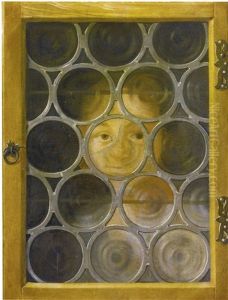Joseph Plepp Paintings
Joseph Plepp was a Swiss Baroque painter and etcher known for his detailed architectural views and landscapes. Born in 1595 in Fribourg, Switzerland, Plepp developed an interest in the arts at an early age. He is often remembered for his contributions to topographical drawing and printmaking during the early 17th century.
Plepp's work is characterized by its precision and attention to detail, which was particularly evident in his etchings of cities and buildings. His artistic output included a series of etchings that served as valuable records of Swiss architecture and landscapes during his time. This was a period when such visual documentation was rare, making his work significant for both art and history.
Although there is limited information about his training, it is believed that Plepp might have been influenced by other Swiss artists of the era, as well as possibly by Italian masters, given the popularity of the Grand Tour among artists of his time. He would have been exposed to a variety of artistic styles and techniques, which he then incorporated into his own unique approach.
Throughout his career, Plepp gained a reputation for his meticulous engravings. His works were not only appreciated as art but also served practical purposes for military and civic planning, as they provided accurate representations of the topography and urban layouts of the areas he depicted.
Joseph Plepp passed away in 1642, leaving behind a body of work that continues to be appreciated for its historical value and artistic merit. While he may not be as widely known as some of his contemporaries, Plepp's contributions to Swiss art and the field of topographical illustration have cemented his place in the annals of European art history.




